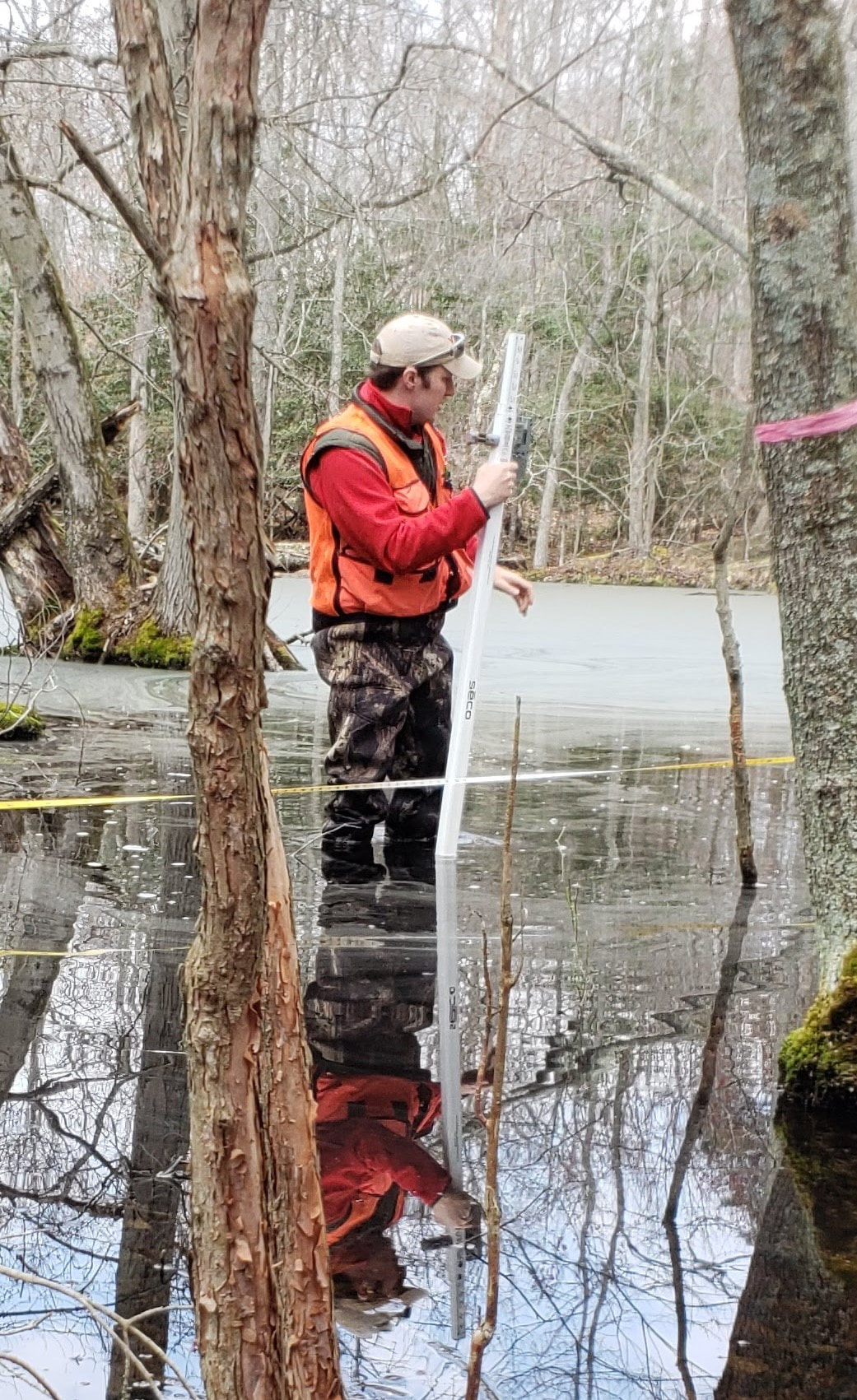This is a GREAT question, and I really appreciate all of the answers folks have provided on this blog. Below are a few additional thoughts:
(i) Its worth defining the terms community, discipline, and field. (I’ve seen all three of these terms used in response to this question!) I would argue that we are a community composed of folks working across different disciplines.
(ii) In my Ecohydrology class at UA, we define Ecohydrology as the interdisciplinary study of how water flows through and interacts with ecosystems
It’s also worth noting, I really don’t like being put into a disciplinary box! However, I love the inclusive community that the AGU Ecohydrology Committee is working to build. This community supports (and even celebrates!) work that spans traditional disciplinary boundaries.
What are your undergraduate and graduate degrees in?
BS, Biological Engineering, University of Arkansas (Woo Pig!)
PhD, Biological Systems Engineering, Virginia Tech (Go Hokies!)
How did you arrive at working in/thinking about ecohydrology?
A few years ago, a colleague asked me, “if engineering caused our wicked societal-scale problems, can engineering really contribute to the solutions?” While the question was asked [at least partially!] in jest, I’ve spent a lot of time pondering that point. Many of our societal scale problems can be linked to advancement in both science and engineering. Just as an example, the invention of the Haber-Bosch process and subsequent ‘green revolution’ gave us the ability to feed the world; but in doing so, we’ve severely impacted downstream ecosystems. While many of us are working to address these unintended consequences, its obvious traditional approaches will not solve the problem (i.e., If traditional engineering approaches were effective, we wouldn’t regularly see red tides along the Gulf Coast).
My research aims to help improve downstream water quality, and I hope to help develop unique/innovative solutions that incorporate ideas and collaborators from across engineering, the natural sciences, and the social sciences. In particular, many of my research questions occur at the intersection of hydrology, biogeochemistry, and aquatic ecology. Since grad school, I’ve struggled to find an adequate label for this work. (Note my comment about disciplinary boxes above!) During introductions, I tend to cycle between ‘water scientist’ when working in large interdisciplinary groups, ‘hydrologists’ when working with ecologists, and ‘ecosystem ecologist’ when working with hydrologists/engineers. (My students caught onto this recently, and they made a meme that was way too accurate – click here!)
Thanks to the efforts of the AGU Ecohydrology Committee and this blog, the ecohydrology community is growing in both numbers and disciplinary breadth! I’m excited to contribute to that growth, and I hope we can help develop effective solutions to the wicked problems the world is beginning to face!
What do you see as an important emerging area of ecohydrology?
I see two threads of research that are on an exciting collision course – transit time theory (see Hrachowitz et al., 2016; https://doi.org/10.1002/wat2.1155) and watershed biogeochemistry (see Abbott et al., 2016; https://doi.org/10.1016/j.earscirev.2016.06.014). On one hand, techniques used to characterize water transit and residence time distributions are becoming more accurate and accessible. On the other hand, conceptual frameworks are being developed to characterize spatial and temporal variation in solute fate and transport. (My personal favorite is the HotDAM framework, both because it is quantitatively-based and it is fun to say!) As these two bodies of literature begin to integrate more and more, the results should both improve our fundamental understanding of how materials move through watersheds and provide tools to enhance water resource management.
Do you have a favorite ecohydrology paper? Describe/explain.
The Stream and Its Valley by Hynes (https://doi.org/10.1080/03680770.1974.11896033). This essay succinctly (and almost poetically!) describes conceptual linkages between valley shape, water movement, and stream ecosystems.
What do you do for fun (apart from ecohydrology)?
I really enjoy anything that gets me outside with friends and family. Recent shenanigans include mountain biking, SEC football games (ROLL TIDE!!!), and exploring new-to-us streams and rivers here in Alabama.

 RSS Feed
RSS Feed